Catch up quarterly with NAIT’s online magazine
Throughout the year at techlifetoday, we share well over 100 stories highlighting student and alumni success, innovative research, and other NAIT news. Each season, we round up our best so you’ll never miss out.
Welcome to Volume 1, Issue 3 of the techlifetoday Anthology. You’ll find stories about the legacy of a 50-year NAIT tradition, read about an Italian adventure for culinary students, and learn about innovation in wildfire safety, and much more.
It’s just a sampling of the great things happening in our communities because of NAIT grads, students and staff, as well as on campus through projects in science, technology, trades, business, health care and other fields. For more, sign up for our monthly newsletter. Thanks for reading!
Buon appetito!
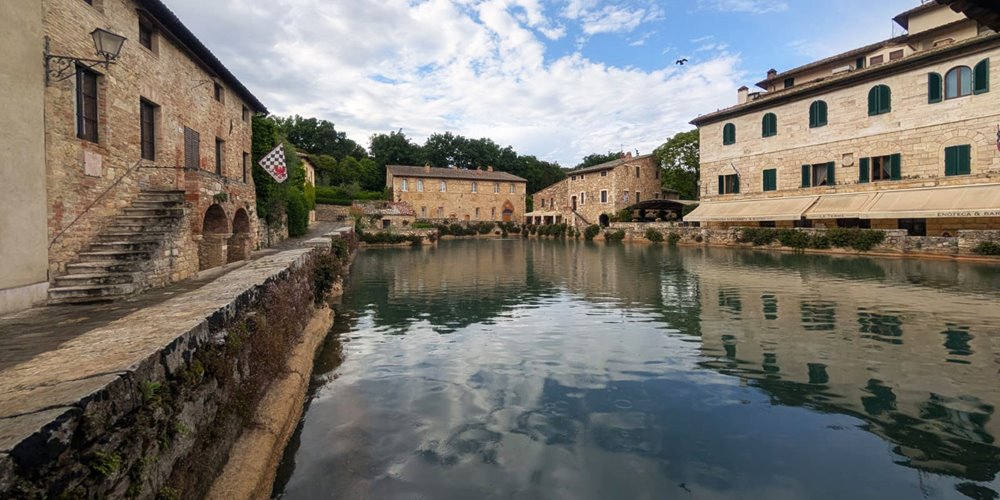
Last summer, six NAIT Culinary Arts students spent a month in Tuscany, Italy, where they worked and learned in hotel restaurants in the tranquil town of Chianciano Terme. We talked to students Reese Reid and David Rowley about the impact of the experience and what it may mean to their futures as chefs in Canada and beyond.
Read about the students’ Tuscan adventure
Reconnection and reconciliation
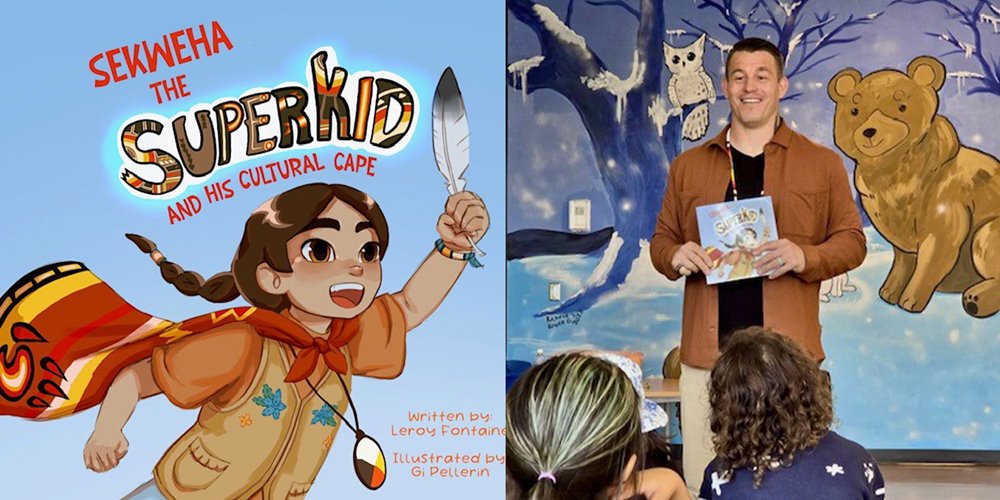
Sekweha the Superkid and his Cultural Cape is a kids’ book that tackles big issues, including reconnecting with heritage, allyship, and reconciliation. We spoke with author and reality TV personality Leroy Fontaine (Personal Fitness Trainer ’05) about how it relates to his own life and what it has meant to his career since publishing just over a year ago.
Read about the reasons behind Leroy Fontaine’s book
Wildfire warning system
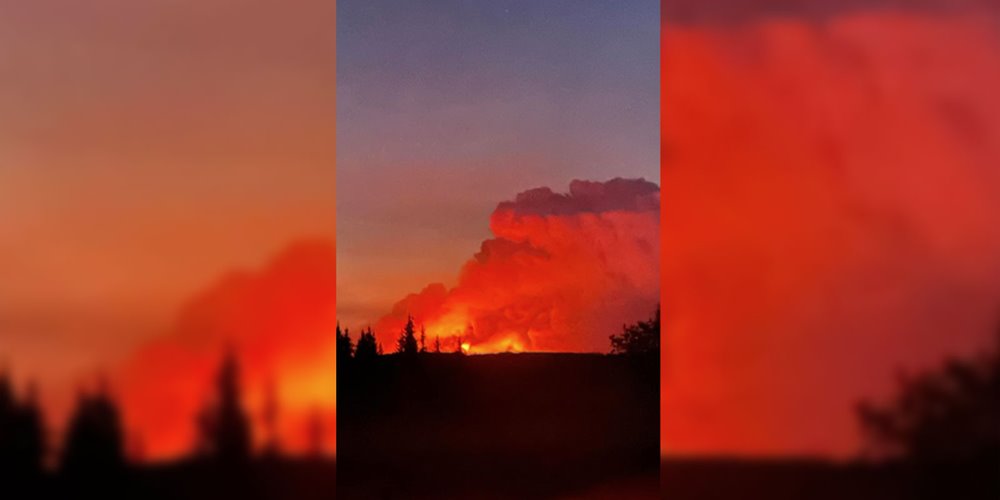
After wildfire forced the evacuation of Peavine Métis Settlement 2023, residents have yet to let their guard down, likening the lingering effects of the event to PTSD. To help restore peace of mind, NAIT applied researchers are designing a system to detect wildfires at their earliest stages – and even predict them. Here’s how it will work.
Read about the wildfire early detection system
50 years of controlled creekside chaos
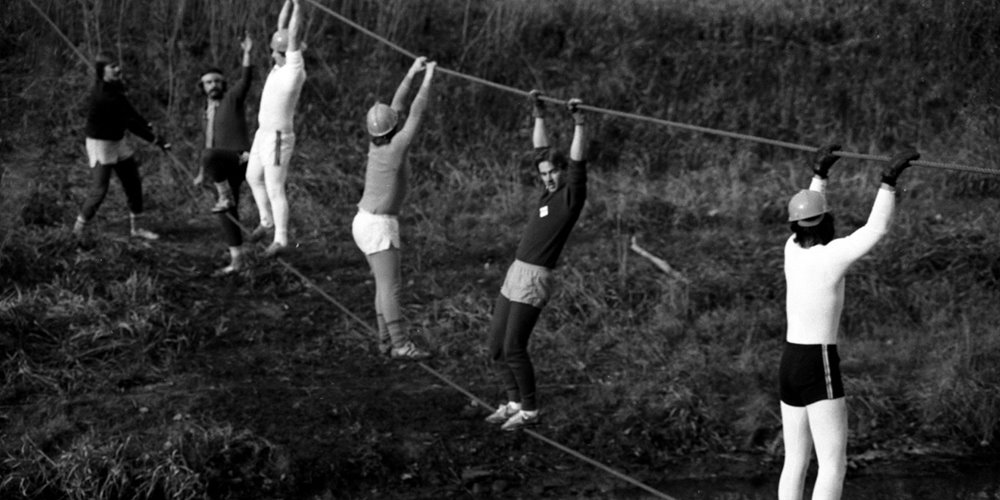
In September, NAIT’s annual bridge building competition celebrated its 50-year anniversary. For half a century, dozens of students, instructors, grads and industry members have gathered at an Edmonton creek to test their skills in slinging 200-foot ropes and not getting soaked. Here’s a look at the legacy of the event so far.
Read about the origins and impact of NAIT’s bridge building competition
School’s in for summer
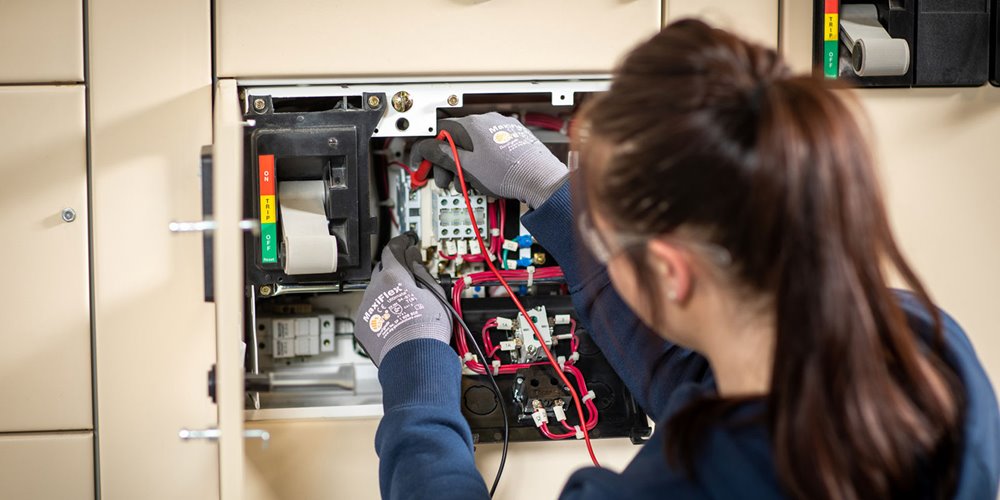
This summer, NAIT set a new standard in skilled trades education. For the first time, it offered sessions in four fields. Apprentice uptake was enthusiastic, with enrolment spilling onto waitlists, reflecting the rising demand in the Alberta economy. Here’s what the success of the pilot project means to future summers at the polytechnic.
Learn more about NAIT’s experiment in year-round trades education
Straight to the point(ing)
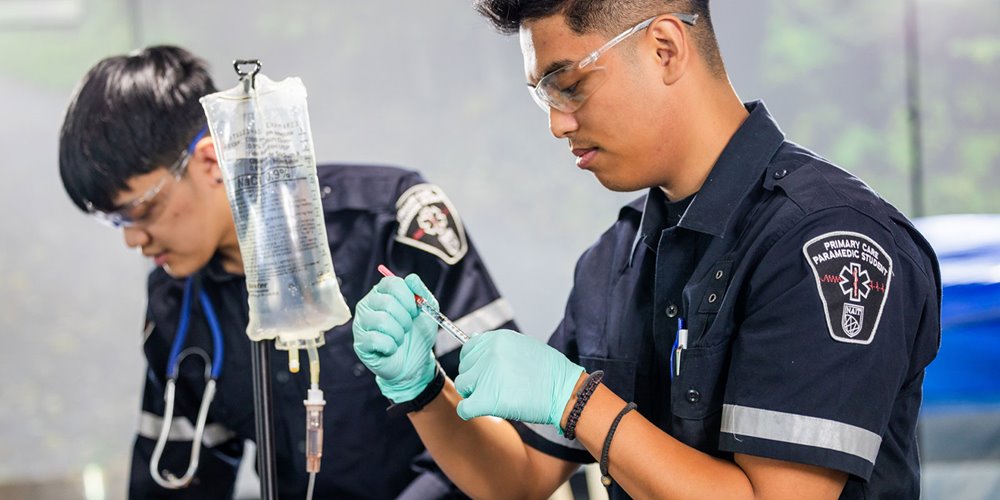
Can the Japanese railway industry improve health-care education and practice in Alberta? After a study at NAIT, researchers and instructors think so. Earlier this year, they wrote a paper on their findings on teaching students a simple technique known as “pointing and calling.” That paper went on to be recognized internationally.
Learn how “pointing and calling” could improve patient outcomes


Dining and Cooking